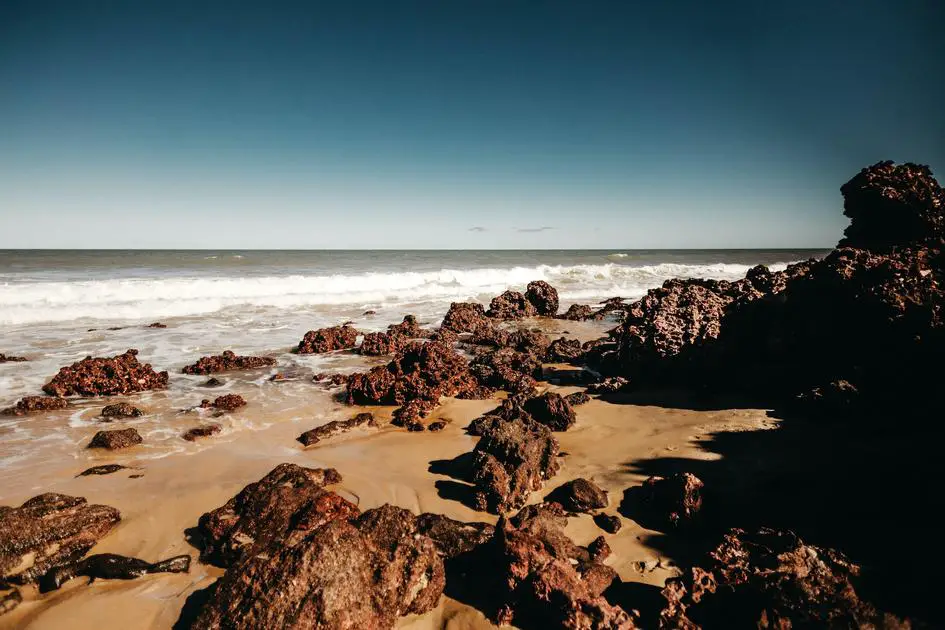Algae are unique organisms that have played a crucial role in the ecosystem for billions of years. From oxygen production to being part of the food chain, their importance cannot be understated. However, despite their resemblance to plants, algae are not considered plants, and this might catch many off-guard. So, what sets algae apart from plants? Let’s find out!
For starters, it’s essential to understand that the classification of organisms is not always black and white. There are nuances that make it tricky to classify algae definitively. Keep reading to discover the captivating world of algae and why they’re not considered part of the plant kingdom.
Dive into this intriguing topic chock-full of interesting facts and insights that will shed light on the captivating world of algae.
Algae: What Are They?
A Brief Overview
Algae are a diverse group of simple, photosynthetic organisms found in both freshwater and marine environments. While there are different types of algae, they lack the true roots, stems, and leaves typically associated with plants.
The Cellular Level
At the cellular level, algae possess similarities to plant cells. Both have chlorophyll for photosynthesis, cell walls, and even cell structures like chloroplasts and nuclei. However, unlike plant cells, algae cells lack certain characteristics, such as specialized cells for support and transportation.
Types of Algae
There are numerous types of algae, ranging from microscopic single-celled organisms to multicellular marine giants like kelp. They can be grouped into two main categories:
- Microalgae: These tiny, single-celled organisms include varieties like diatoms and cyanobacteria (also known as blue-green algae).
- Macroalgae: Macroalgae are larger, multicellular forms that include well-known examples like seaweed, kelp, and coralline algae.
Reasons Algae Are Not Considered Plants
Taxonomy Differences
A primary reason algae aren’t classified as plants is their taxonomy. While both algae and plants belong to the Eukaryotic domain, they fall into separate groups under the Protista and Plantae kingdoms, respectively.
No Specialized Tissue
In contrast to plants, algae lack specialized tissue structures like roots, stems, and leaves. Algae may have analogous structures (e.g., holdfasts), but these structures are not histologically distinct from other body parts like roots, stems, and leaves in plants.
Reproductive Contrasts
Algae have a different reproductive process when compared to plants. While plants reproduce through seeds or spores, algae exhibit various reproductive methods like binary fission (splitting in half), fragmentation or even sexual reproduction.
Life Cycle Differences
The life cycle of algae also differs from plants. Algae exhibit an alternation of generations in which they go through alternating stages of haploid and diploid life cycles. This pattern is different from the standard diploid life cycle of plants.
Algal Symbiotic Relationships
A Crucial Partnership
Algae form vital symbiotic relationships with numerous organisms. For example, corals and algae have a mutualistic relationship where algae provide nutrients and energy through photosynthesis, while corals provide shelter.
Algae and Plant-Ancestors Connection
Algae played a significant role in the development of plant life on Earth. It is believed that the ancestors of modern plants, called Charophyta, evolved from freshwater green algae approximately 500 million years ago. This connection highlights the close relationship between algae and plants while emphasizing their differences.
Algae’s Impact on the Environment
Oxygen Production
Algae contribute significantly to the world’s oxygen supply, with some estimates suggesting they produce up to 50% of the Earth’s atmospheric oxygen. By converting carbon dioxide into oxygen through photosynthesis, algae play a crucial role in maintaining our global ecosystem.
Algae and the Food Chain
Algae are also an essential part of the food chain in aquatic environments. They act as primary producers, providing a food source for more complex organisms, which eventually leads to the sustenance of higher-level species like fish and whales.
FAQs
- What is the main difference between algae and plants?
- The main difference between algae and plants is that algae lack specialized tissue structures like roots, stems, and leaves that are typical in plants.
- Are algae Eukaryotes?
- Yes, algae are Eukaryotes and belong to the Protista kingdom, diverging from plants, which are classified under the Plantae kingdom.
- What is the primary role of algae in the ecosystem?
- Algae play numerous roles in the ecosystem, including oxygen production, providing food for aquatic organisms, and contributing to the formation of symbiotic relationships.
- How do algae reproduce?
- Algae reproduce through various methods, including binary fission, fragmentation, and sexual reproduction.
- Do algae produce oxygen?
- Yes, algae produce oxygen through photosynthesis and are responsible for a significant proportion of the Earth’s atmospheric oxygen supply.
Conclusion
In conclusion, while algae share similarities with plants, they have distinct differences that separate them from the plant kingdom. These differences range from cellular and structural composition to life cycles and reproduction methods. So, the next time someone asks you why algae are not considered plants, you’re armed with all the captivating facts and insights.

